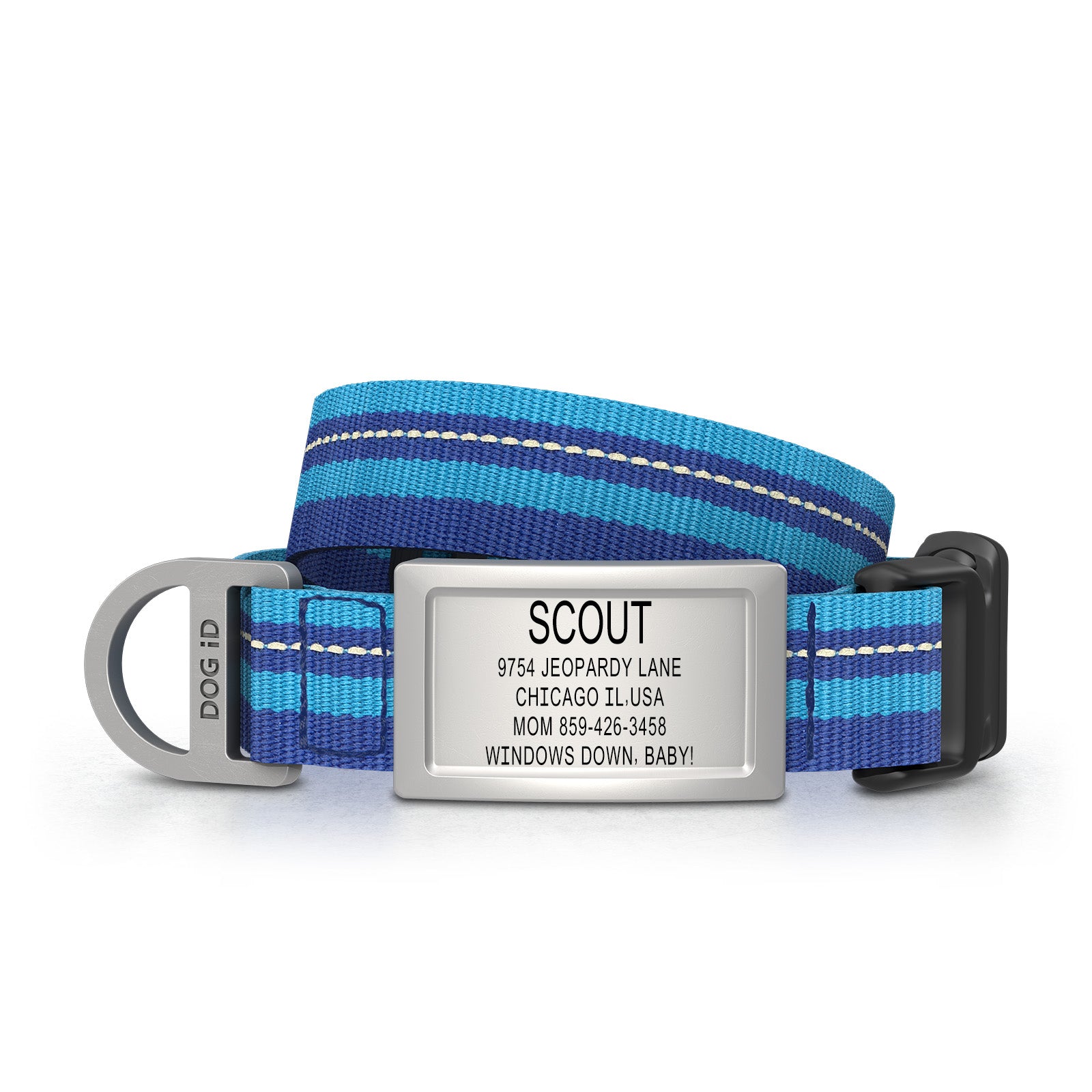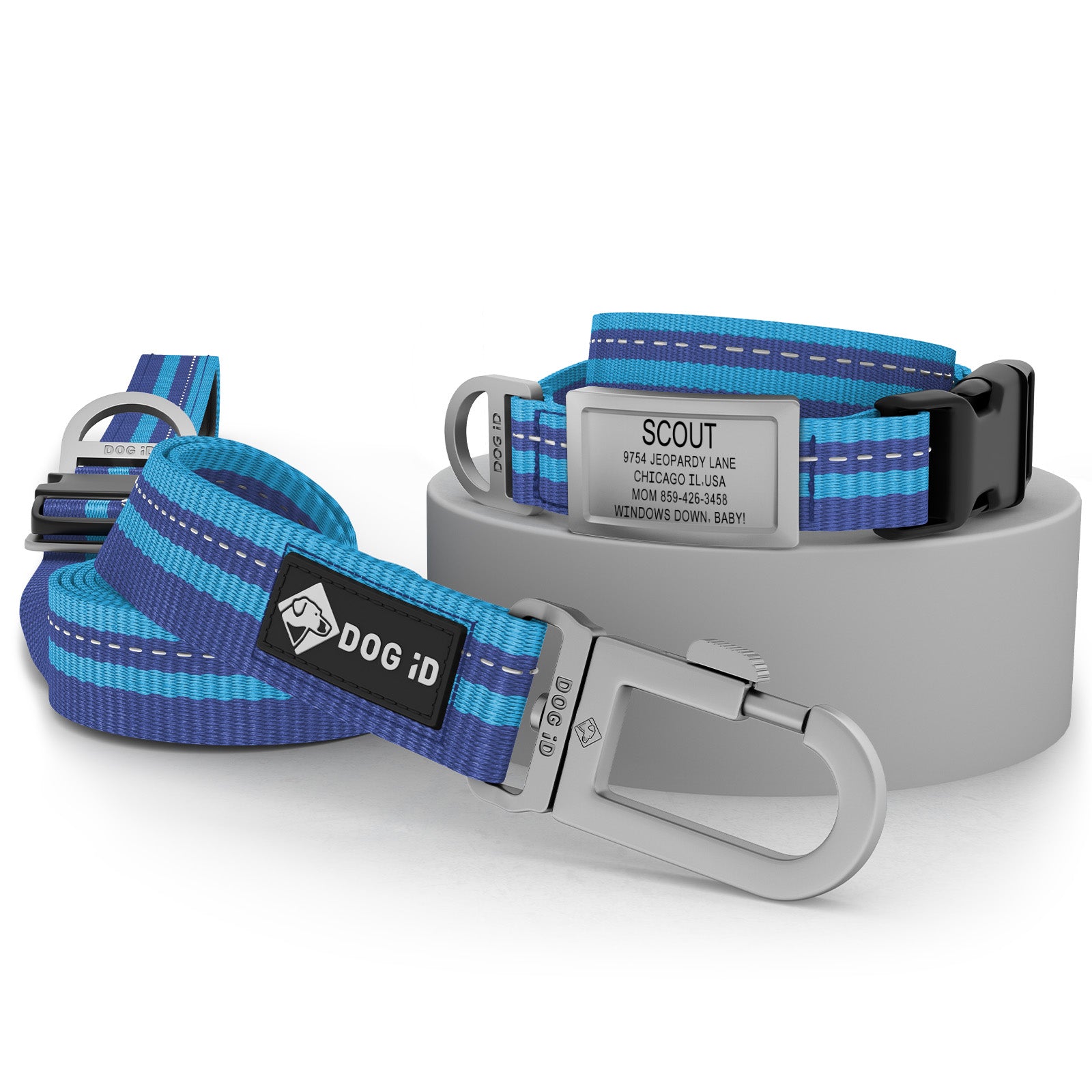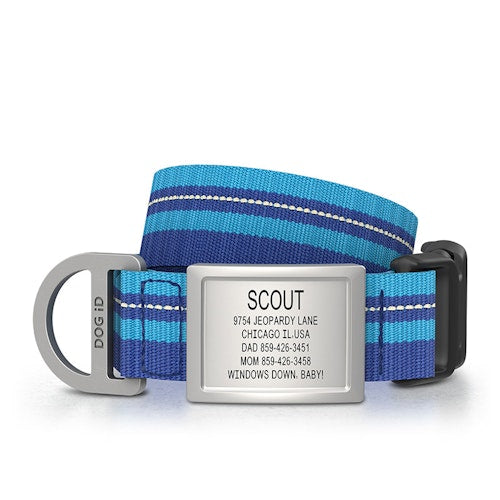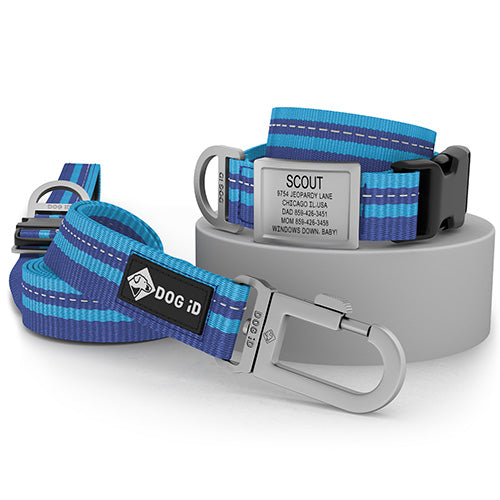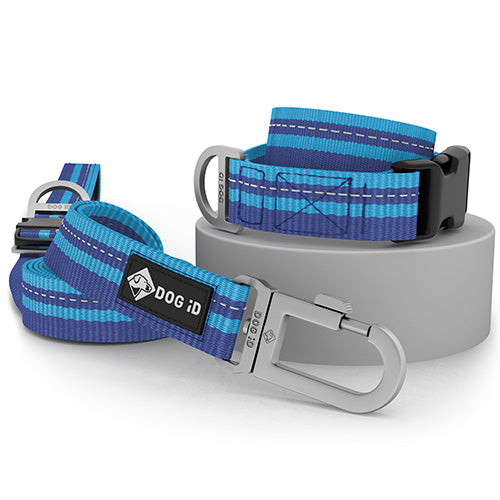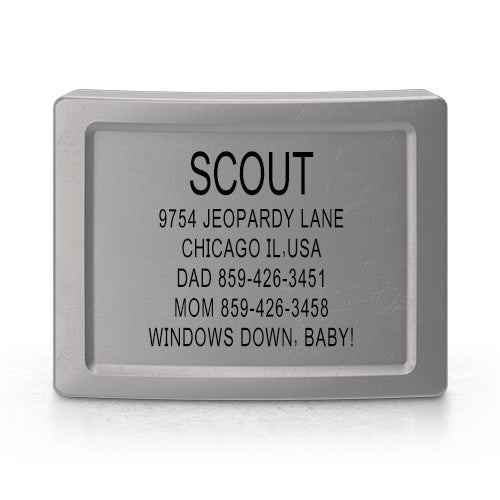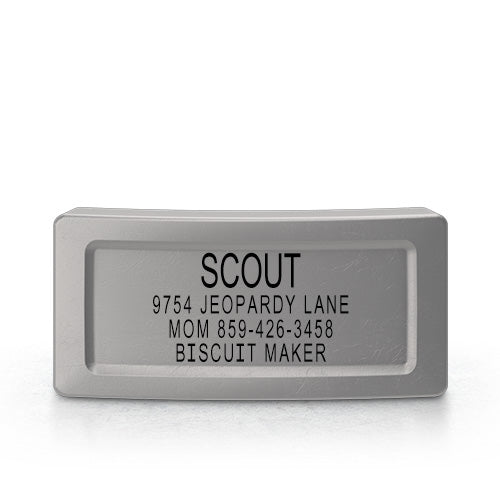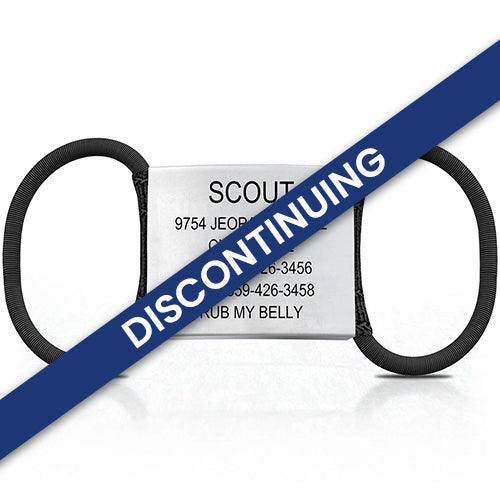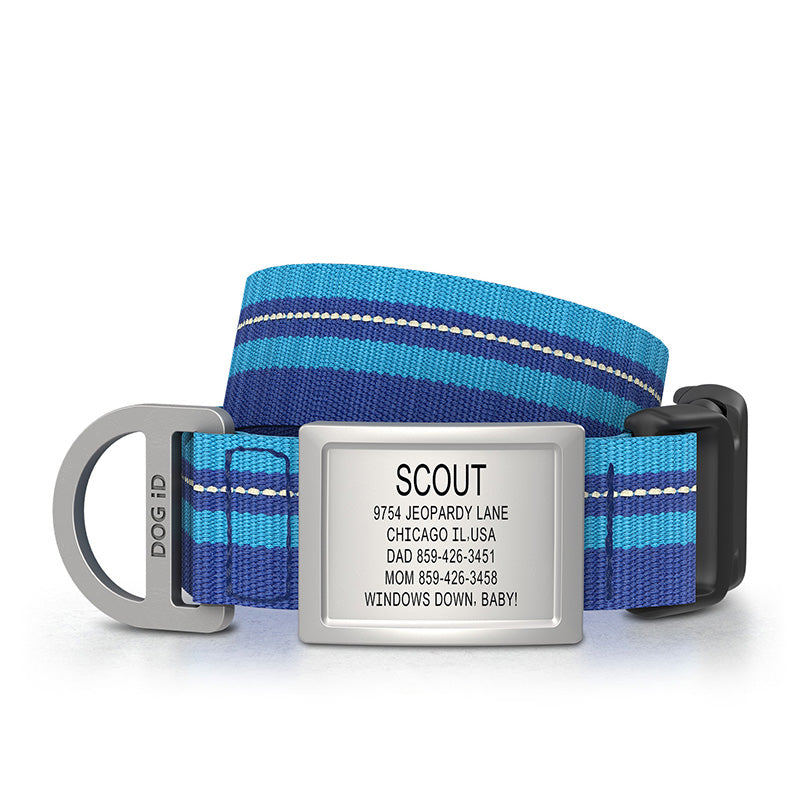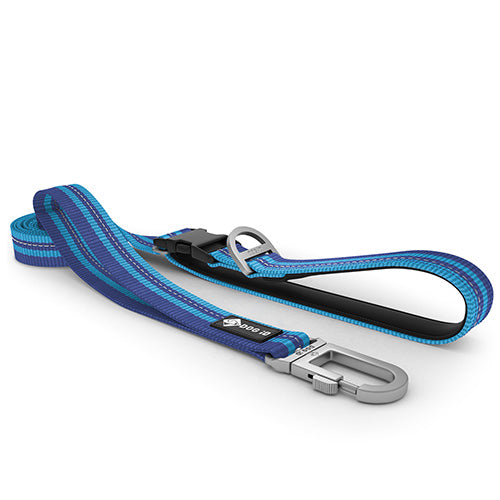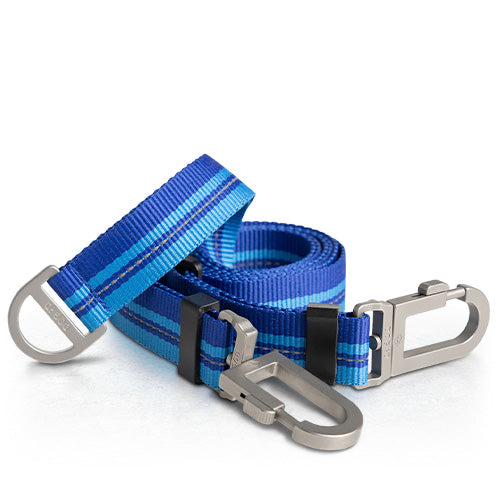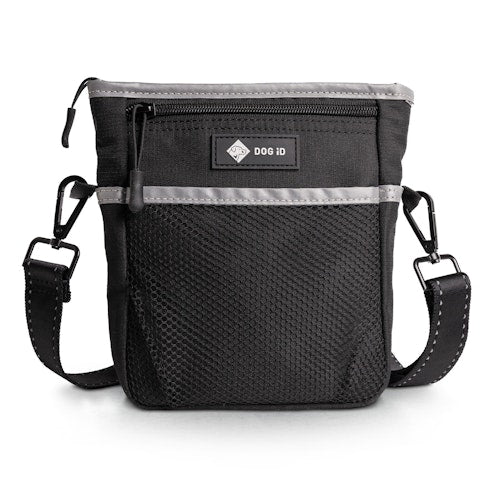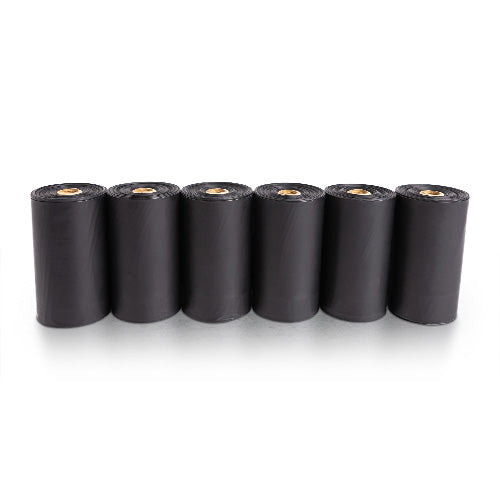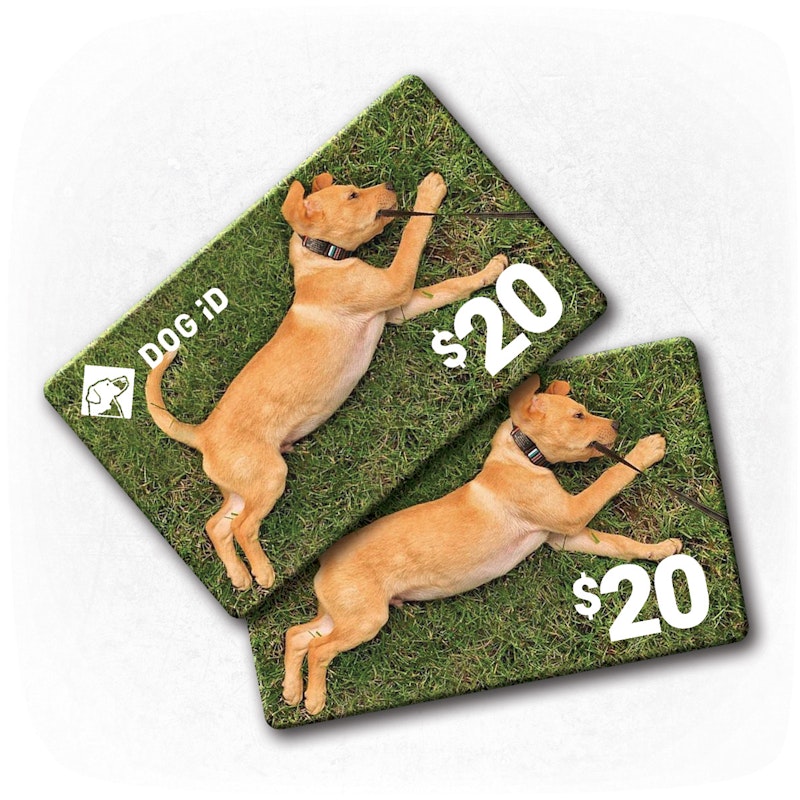Are you a brand new cat parent? You’re not alone. Nearly 32 million Americans have welcomed a cat into their home, the majority of which are not first-time cat owners. So if you’re currently feeling uncertain about caring for your new cat, you’re not the only person to have felt that way.
But how do you care for a new pet? In some ways, it’s ensuring that you care for their most basic needs, such as taking them to the vet for a check-up and making your home safe and welcoming to them. Most of all, you’ll want to protect them in case they ever get out of your reach.
Just as we wear medical alert bracelets to remain safe while on the go, your cat can benefit from cat ID collars – just in case they ever go missing. But beyond cat ID tags, where do you start in taking care of them? There’s a few ways you can begin caring for them from the moment you bring them home.
Getting Started with Your New Cat
Never had a vet before? That’s no problem! Vets welcome new clients quite regularly, so you shouldn’t have any issue finding a reliable vet in your area. But you may still be wondering when you’ll need to bring your cat. Best of all, your vet will be happy to provide you with a healthcare plan which outlines when your cat will need its major appointments.

A general schedule is as follows:
- Vaccines for a kitten begin around two months of age.
- They’ll need to receive more vaccines a few weeks after their first round.
- Their vet will also give them a physical during this time, particularly to check for any pre-existing conditions.
- Spaying or neutering will happen after your cat turns six months old.
- After that, your cat should receive annual check-ups and occasional appointments where they can receive vaccine booster shots.
- Appointments may need to be more frequent as they age, simply to keep an eye on any conditions that come up.
Your vet will also be able to tell you what your cat needs to live a healthy life. For instance, they can tell you of any allergies they know of, which can lead to you giving them specific medication or buying them very specific food. Moreover, they can inform you of any issues that you should keep an eye on, whether they be dietary, visual, auditory or physical.
You may even want to enroll your cat for pet insurance. While it’s not necessary, it can be extremely helpful, especially in the face of sudden healthcare costs. Whether it’s due to an accident or ongoing medical conditions, veterinary care can add up – from CT scans to MRIs to blood analysis to X-rays. Having some financial security can be a serious stress reliever for you and, in turn, your cat.

Beyond caring for your cat through veterinary care, you’ll need to take measures to protect your cat while at home. There are a variety of ways you can do this, but some of them include:
- Getting your cat a crate
- Buying your cat a bed and blankets
- Getting your cat many different toys to play with
- Giving them a scratching post
- Buying them specific devices for climbing and playing
- Getting a doorway gate which can be placed between rooms where your cat isn’t allowed
- Buying a properly sized litter box
- Getting them reliable food and water bowls
But the safety and comfort you can impart doesn’t end there. It’s also in your best interest to get your cat an ID tag. But why? Aren’t ID tags often meant just for dogs?
Why an ID tag for your cat?
Cat name tags might feel silly, as, in all likelihood, you’re probably not letting your cat out of your home. But some cats are better escape artists than Houdini himself. The second a door or window is opened, *WHOOSH* there goes your cat, off into the world.

It’s not something you want to think about, but you must be aware that it can happen. Over 10 million dogs and cats go missing each year in America. It’s important you provide them with an ID tag, as it could save their life in the event that they go missing.
Cat ID collars take this idea a step further by securing your cat’s ID tag to their collar itself. Let’s be honest – your cat might very well sneak out of their ID tag if it’s just pinned to their collar. Maybe they are able to get their collar off their neck, or perhaps their tag gets stuck on a nearby object, causing it to get pulled off in the tussle.
But with our Cat ID collar, your cat’s ID tag will remain on them at all times. This is especially important in the event that your cat goes missing outside of your home, as it lessens the chance of your cat’s ID tag getting lost while they’re wandering about.
What Should You Put on Your Cat’s ID?
Now, you know the importance of giving your cat an ID tag, but what do you have engraved on it? There’s a lot you could include, but you need to know what exactly should be on there. Here are some of the essential things you’ll want to include on your cat’s ID tag:

Primary Contact
If your cat goes missing, how will they be returned to you? This is the foremost reason you’ll want to get your cat an ID tag. Without a tag – containing your cat’s primary contact information – a stranger won’t know where to bring them after finding them.
Providing your contact information is important, as it will tell a stranger both how to get in touch with you and that your cat has a loving home. Things you should include are:
- Your name
- Your phone number
- Your home address
Secondary Contact
While it’s important to list your contact information, it’s equally important to list a second name and phone number. Why? Things happen. If your cat goes missing, you may be out looking for them. You may even be at work in between looking for them. Amidst all that stress and worry, you may end up missing a phone call from the stranger who found your precious cat. Don’t rely on nothing more than a voicemail.
Furthermore, it may instill the thought someone else cares about your cat – another person, a family. This could increase the chances of getting your cat back to you safely, which should be your one and only concern.
Offer a Reward
Let’s be real. We all wish that people would do the right thing. In the instance they found a lost dog or cat with a collar and a home, they would go out of their way to return them safely, no matter what it took. But, unfortunately, not all people will have the best interests of your pet in mind. Rather, they will only make a decision based upon their wants and desires.
However, if you want to increase your chances of getting your cat back safely, you can offer a healthy reward. Again, it might sound silly to the loving cat parent out there, but it’s a great way to ensure that your cat is returned home.

Medical Issues
You’ll also want to include your cat’s medical issues. Why do you want to include this? Chances are your cat might not be returned to you on the day of their being found. Rather, depending on how far they wander off, it may take a few days for them to be returned to you.
By including their medical information, you can tell strangers, vets and more about your cat’s key medical problems. If it’s one that requires daily medication, they can ensure that your cat is properly taken care of.
Moreover, if your cat is not returned to you, it will at least give their new carers an idea of what medical assistance they need. This may be a sad future to think of, but, no matter how their life ends up, you want what is best for your cat. You’d want them to remain safe, wherever they are.
Quirks and More
You may want to consider including relevant information about your cat’s personality, too. Let’s be real – some cats are absolute cuddle buddies while others are nothing short of brutal. Some will purr and whine when they want attention, while others will ignore you completely and others will scratch and bite you.
You’ll want to include these things to guarantee your cat remains safe while in the care of another person. They’ll be able to properly care for your cat, all by knowing what specifically makes them tick.
Their Name
Lastly, if you’re worried about your cat not being returned to you, you might not want to have their name engraved on their collar. Why? If a stranger knows your cat’s name, they can court comfort with them far easier. While you may want your cat to be comfortable upon getting lost, it could make it difficult for them to get back to you.
But it can equally be a smart idea to have the cat’s name on the collar for a similar, although differing, reason. If you were to put up “lost cat” fliers around town, wherein your cat’s name is listed alongside a photo of them, a stranger may be able to more easily identify your cat – thus making it easier for them to comfort your cat, capture them and bring them back to you safely.

Getting Your Cat the Proper ID Collar and Tag
Don’t put your cat’s safety at risk. By giving them a cat ID collar, your cat can remain properly protected. Whether at home, on a walk or wandering in the backyard, you’ll never know what your cat might do. Rather than taking your chances, you should take some precautions and secure them in the event that anything happens.
Image Credits
indra-east/Shutterstock.com
smrm1977/Shutterstock.com
Victoria Emerson/Shutterstock.com
Bogdan Sonjachnyj/Shutterstock.com
fotoliza/Shutterstock.com
kasefoto/Shutterstock.com

